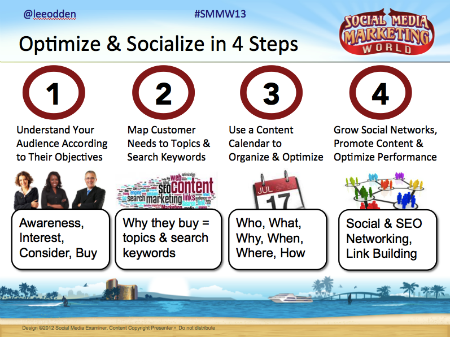 Businesses of all sizes often struggle to find high impact, low cost methods of attracting and engaging customers.
Businesses of all sizes often struggle to find high impact, low cost methods of attracting and engaging customers.
While some say social media and SEO have leveled the playing field, blogging is by far one of the most effective ways for small businesses to achieve numerous business objectives.
What can you achieve with a blog? As a content management system that can be optimized for search and social shares, blogs with great content can help a company attract new customers, engage existing customers, connect with journalists and connect with potential new hires. There are many business communication goals that can be realized through blogging.
How? The fundamentals that many companies seem to gloss over include:
- Create a hub and spoke framework for blog publishing and promotion.
- Source content that customers care about and that can influence sales or other goals.
- Integrate blogging with SEO, Social Media, PR and Content Marketing efforts to amplify content where customers are actively looking.
Those are general guidelines, so here are 4 steps for small business blogs to get big business results:

Optimize & Socialize Framework for Blog Content – Slide from #SMMW13 Presentation
1. Understand your audience according to their objectives – Don’t simply lead content planning with “we need to increase sales of product 123.” Think about your buyer and what goals your product solves for them. Ask how and why, too. The answers will reveal a more meaningful story that you can use when planning blog content.
2. Map customer needs to topics & search keywords – If your target audience are potential buyers of your products, then describe how those needs are met. Further distill those descriptions to keyword lists, which can be researched and filtered using Google AdWords Keyword Tool.
3. Use a content calendar to organize & optimize – Failure to plan is a plan to fail, so be sure to create a content planning calendar to identify when you will create what kind of content on what kind of topics. Here’s a free blog content template for this.
4. Grow social networks, promote content & optimize performance – A hub and spoke publishing model only works if there are people watching, monitoring and subscribed to your content. Make an effort to share useful content from others and engage wherever possible. Being useful is a great way to build your social networks. When you do promote your own content to social networks, make sure it delivers on the promise.
If you empathize with the audience you’re after and plan relevant blog content in a way that makes it easy for people to find in search and share on social, then you’ve optimized your way from a small business blog to big business results.
If you’re a small business blogger, what are some of the obstacles you’re facing? Maybe you’ve overcome those challenges – what lessons have you learned for getting better performance from your blogging effort?
Photo credit: Shutterstock


